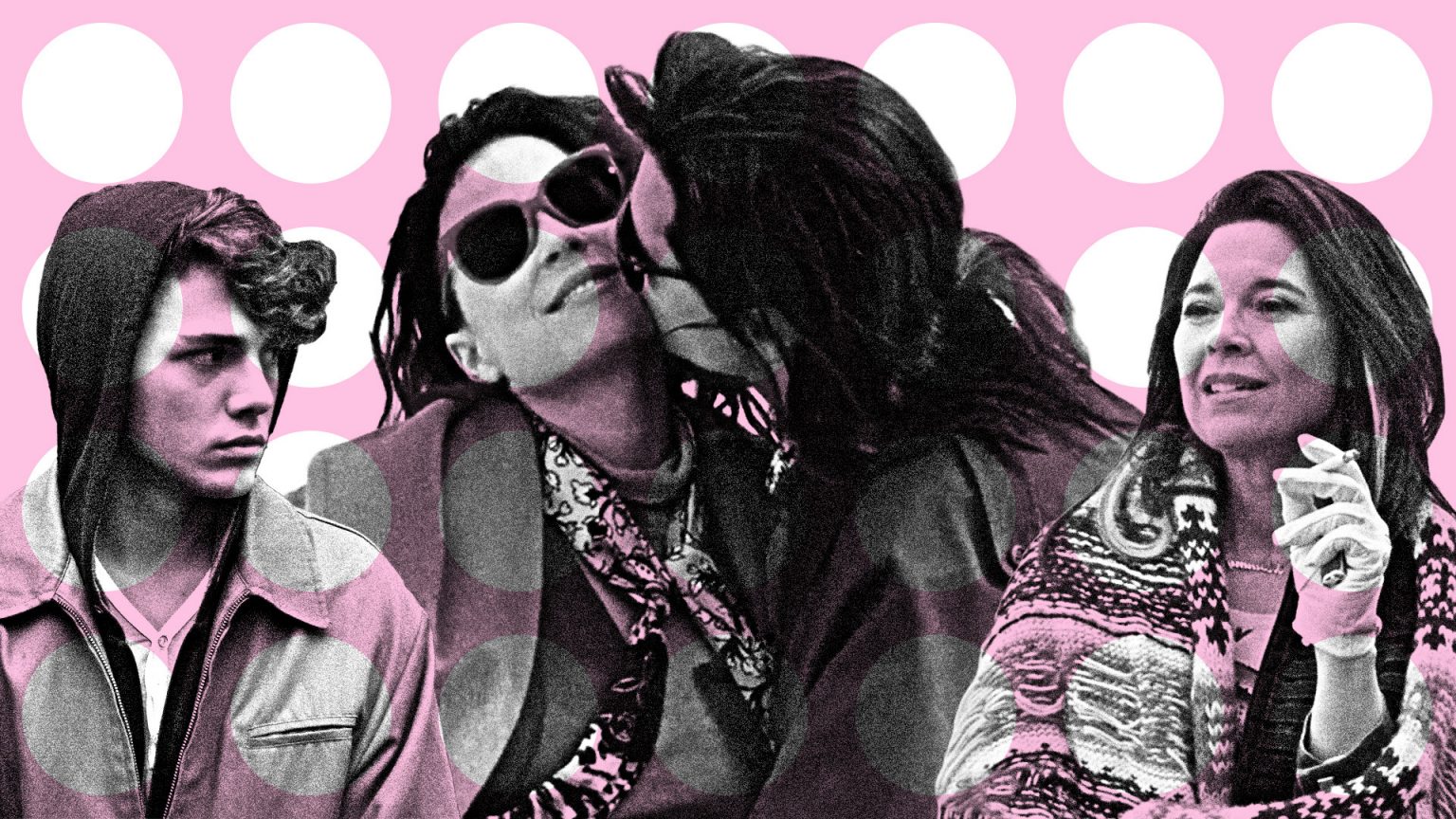While Montreal is often a stand-in for London, New York, and Paris, it rarely plays itself. While Quebec has a bustling and thriving local film industry, it has a limited audience outside of the belle province. Even as filmmakers from the province like Jean-Marc Vallée and Denis Villeneuve capture the attention of the world with their work on series like Sharp Objects and films like Blade Runner 2049, their earlier Canadian films are still relatively obscure.
For most, Xavier Dolan has come to represent the premiere young auteur voice of the province. Well-known on the arthouse circuit, in particular at Cannes, his films have dazzled — and sometimes frustrated — audiences for nearly a decade. With his English language debut, The Death and Life of John F. Donovan, set to premiere at TIFF and the casting news that he will appear in It 2 next year, soon the rest of the world is going to get a lot more familiar with his work that isn’t that Adele music video.
While not all of Dolan’s work is set in Montreal, the city is a centerpiece for many of his films. The way emotions and stories shape the perception of space have always been an integral part of his films, and for Québécois, his depiction of the city feels modern and transformative. His films tread on the familiar stomping grounds of his youth and young adulthood, neighborhoods, and areas familiar to people who live in and love Montreal and its boroughs.
Dolan made his directorial debut in 2009 with the semi-autobiographical film I Killed My Mother, about a gay teen and his combative relationship with his overbearing parent. Dolan grew up in the suburbs and he presents this environment in this early film as dark and almost tomb-like, a place where dreams and ambitions go to die. While forever drawn back to his homestead, it also acts as a prison: His character is torn between home and his desires.
In stark contrast, Dolan’s follow-up, Heartbeats (in which he also stars) is bright and colorful. Perhaps his lightest film to date, Heartbeats is a pop-driven love triangle clearly influenced by François Truffaut, Wong Kar-wai, and R.W. Fassbinder, about best friends who are both enamored with male adonis Nicolas.
Heartbeats were largely shot in Montreal’s Mile End, a hip neighborhood that has often been compared to Brooklyn. It’s where all the young and trendy people, including a lot of university students and, increasingly, people working at tech start-ups, flock to. It is also where Dolan lives. Caught between bohemian charm and full-blown gentrified hipsterdom, Mile End makes the perfect backdrop for the affected ambitions and desires of Heartbeats. With its high-ceiling artsy vibe and vibrant diversity, it has the promising yet ultimately disappointing aura of an artistic mecca.
The neighborhood represents a desire to live one’s art, and how unfulfilling that ambition can be. If you live in the coolest neighborhood, wear the right clothes, and commit yourself to fully living your passions, you should be rewarded — but in reality, you are just one of many like-minded young people trying and failing to make their mark. In a way, the desire for Nicolas is a desire to be special, as if you could somehow win his love, his light would shine on you.
Not all of Laurence Anyways, Dolan’s epic, a decade-spanning film about the transition and self-discovery of a transgender woman, is set in Montreal. Laurence travels across Quebec and the world in her journey for self-fulfillment, which is depicted as an almost mythic quest. Along the way, she encounters many strange and beguiling characters, though she is continually drawn back to her love for Fred (played by the electric Suzanne Clément).
The film’s opening sequence takes place along Ontario Street East, near the Frontenac Metro station in the city’s East End. While Dolan’s filmmaking has always blended different stylistic impulses, this is one of his first forays into quasi-documentary fiction. Featuring shots of people burning their gazes directly into the camera, we are presented with a cross-section of a primarily working-class neighborhood. As the scene progresses, we realize the camera is a stand-in for Laurence when she turns around and faces the audience.
In breadth and style, Laurence Anyways marked Dolan’s most ambitious film to date — and that is reflected in his use of space. Locations such as the East End or even the Plateau are transformed, shifting identity and mood. The world around Laurence is in flux as she searches for stability and is liberated by embracing her true gender identity.
Mommy, released in 2014, is set almost exclusively in the city of Longueuil, the suburb on the South Shore where Dolan grew up. Not officially Montreal, it is still notable as one of the best examples of how Dolan captures not just what a city looks like, but what it sounds like. The film was screened at Cannes with French subtitles because of the thick-accented joual (a dialect of Canadian French) speckled with unusual expressions and even invented words. All of Dolan’s films toy with accents and language as a huge marker of identity and expression, often reflective of different regions of Montreal and Quebec.
As one of the most notable Québécois filmmakers in the world, Dolan has consistently embraced Montreal as a backdrop to his films. Even as his work goes on to screen and win awards at international film festivals, he always turns his lens back, with love, to the city that made him.
Watch Now: I Killed My Mother and Laurence Anyways, now streaming on Fandor.




